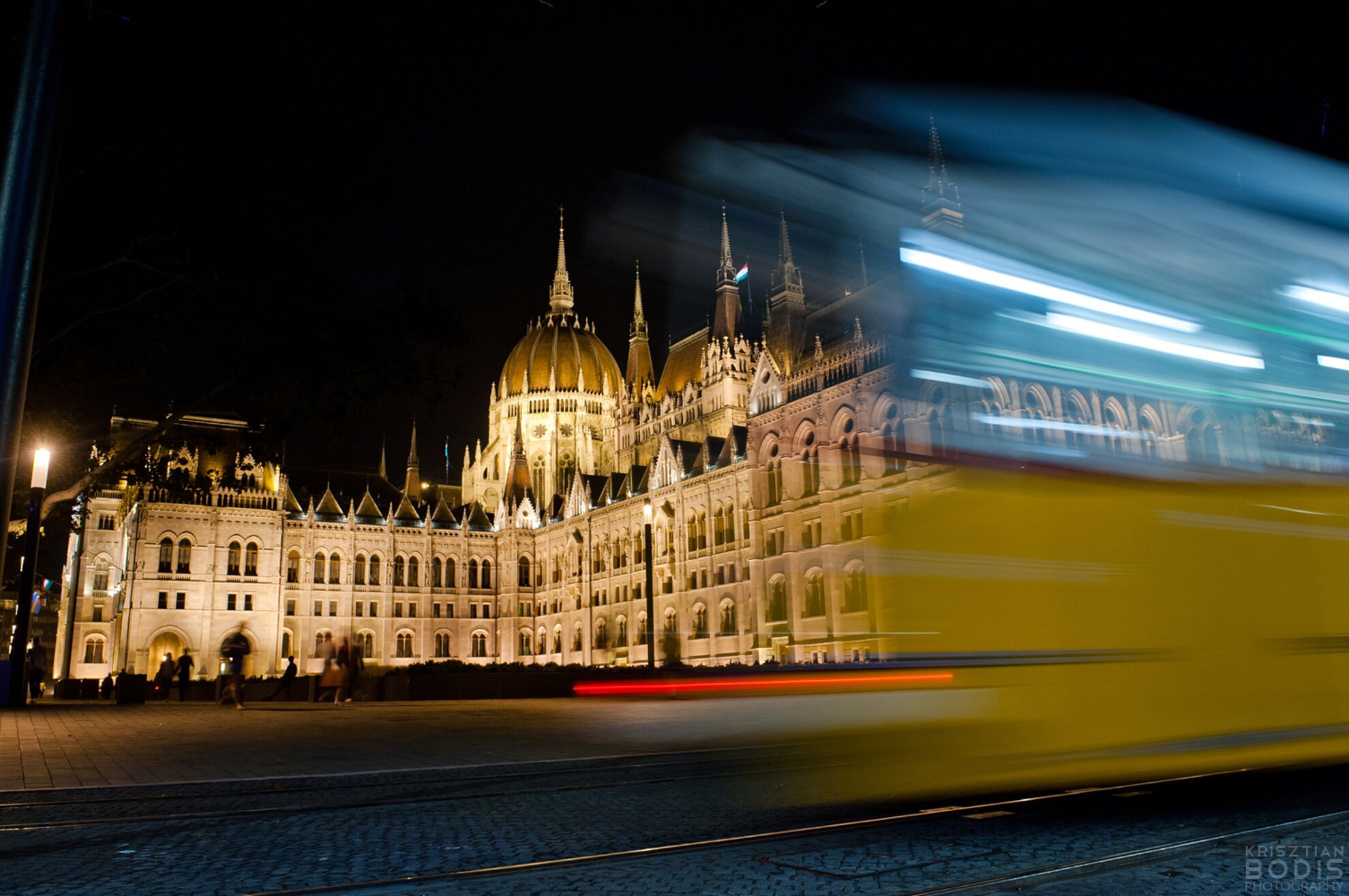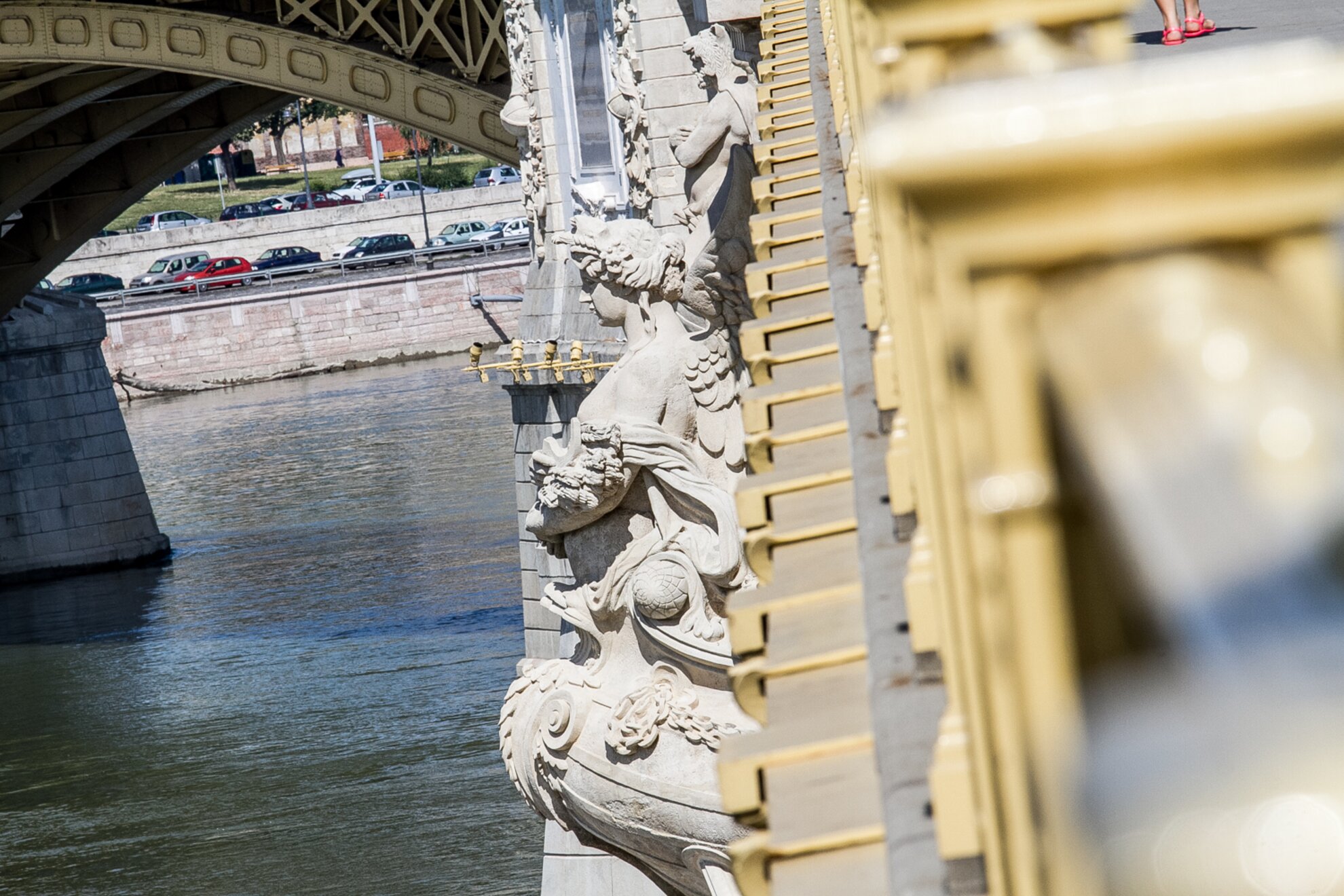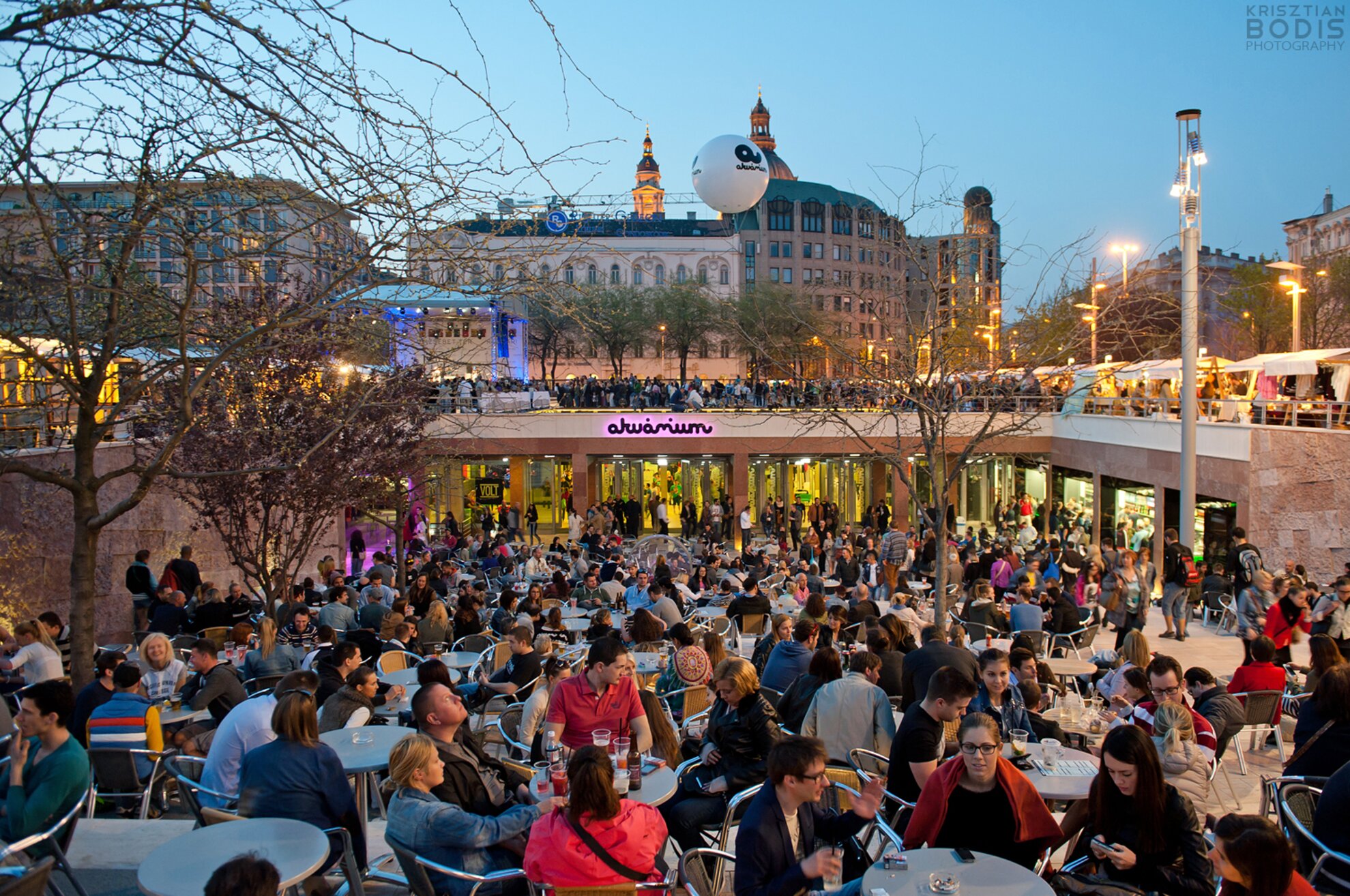Last year, one of the largest – and most successful – urban developments was the renovation of Kossuth Square. The construction was heavily criticised, but pretty much everyone can see that the result has been worth the wait. The paving became elegant, while the overall look was improved with more benches and green areas. The Square highlights and complements the character of Imre Steindl’s building - the Hungarian Parliament. We definitely enjoy spending time in the finished Square,.


The decades-long renovation of the Parliament’s building ended as well, and its floodlights also received a makeover. We were among the first to see the new visitor center established in the northern part of the Square, including its main attraction, an amazingly detailed model of the Parliament.
In good weather, the beautifully renovated S. M. S. Leitha museum ship is moored at Pest’s riverside. The Lajta monitor was one of the last warships of the Monarchy – it is really worth a look.

The makeover of Ferenciek Square is no less important: the Square itself was renovated from the University Library to the Franciscan Church, while the remaining area is now filled with new cafés with terraces instead of the underpass and smoky buses.

By filling the unnecessarily big underpass, the public spaces leading to the bridge became much more spacious and elegant, as well. One of the Klotild Palaces is now floodlit, while the formal Royal Palace and Paris Court will be renovated in the near future, as well.


The streets around the Batthyány Eternal Lamp turned out nicely as well, just like the reconstruction of
Elizabeth Square.
We can also mention among the achievements in 2014 the renovation of the former bus station that gives place to Design Terminal and features Bauhaus and social-realist elements.


The reconstruction of Madách Square received mixed feedback compared to some of the earlier mentioned renovations.
As we previously wrote, the area became more useful without the carpark, but the quality of the materials used and the thoughtless plans leaves us with a feeling of imperfection. In its current form, the square does not reach the architectural standards of Gyula Wälder’s brick buildings surrounding the square.

Not only public spaces, but major green areas were reborn last year, as well: Olimpia Park, near the rebuilt and authentically restored Margaret Bridge, is now a great spot for a picnic on the Danube bank or a soccer match. We can barely recognise Teleki Square of Józsefváros, which used to have a rather bad reputation; Kelenföld’s Bikás Park also developed and expanded with sport fields, an outdoor fitness park and a small pond added; while the Japanese Garden of Margaret Island was redone, as well.


The renovation of Várkert Bazaar has been prolonged for so long that we wrote about it multiple times. However, we have to get over the laughable number of "handover" ceremonies, because this development is rather important for the city. One of the main works of Miklós Ybl stands at a key point of the capital, and is completely unique. The 131-year-old building and the Neo-Renaissance garden were rescued at the very last moment, but thanks to the renovations, Várkert is likely to become one of the main attractions of Budapest in the future.


Metro line four used to be politicians’ Joker card when it came to elections, since for long years, almost anyone could become mayor by simply promising to begin its construction. But the tragic-comedic period is finally over, because last March, the new metro line that was proposed in the 70s (!) was completed. We could argue about the cost, the arrangement of the stations and the length of the line itself, but we cannot deny that the M4 helps ease the lives of many and there are less polluting buses along the line. However, what received the most appreciation is the design of the ten stations. There are some tourists who do not descend below the streets in order to travel - only to photograph the stations – appraised even by architectural professionals. So did Krisztián Bódis, who snapped some pictures of the first day of the new metro for us.

The improvements in the Budapest's transport system make a really long list, so we will only highlight a few here. The long-awaited bicycle rental system, MOL BUBI set off with a few minor hiccups: it was developed on the basis of many other European cities’ similar systems, and based on the feedback, it is very successful. Several tram lines were rebuilt and sod with grass, including line 1, which will soon run to Fehérvári Street, passing Türkecsarnok – among other attractions.

Speaking of, the building of Tüskecsarnok was finished after twenty years and can fit up to 4000 people. It's suitable for sporting events and concerts, and has several gym rooms and soon, a new swimming pool.

One of Budapest's main attractions is its thermal spas and many underwent major development in 2014.

The renovation of Rudas Bath is completed. One end houses hundred-year-old Ottoman period pools, while in the other end, we can take a dip in the most modern wellness area. After sweating in the sauna, there are not many things more relaxing than soaking in the roof terrace’s outdoor Jacuzzi while admiring the panorama of the city. The Alfréd Hajós Natonial Swimming Complex and Dandár Bath of Ferencváros were also renovated.

Kelenföld is very densely populated, yet it did not have its own church for decades, so the local Catholics built a modern and simple church in Etele Street. Bosnyák Square’s church has been awaiting renovation since the Second World War, which was completed last year with the building of the tower.

In addition, the renovations of one of the most popular monuments of Budapest, the Matthias Church, and the Classicist Kálvin Square Reformed Church were both finished, as well.

No stadium was built in Budapest since the 70s, so Fradi’s (Hungary's most popular soccer team) new headquarters was much needed in the city. The arena is suitable not only for soccer matches, but for concerts or box galas, as well. The building’s functions are well thought-out, and thanks to the environmentally conscious details, now we have a green team and a - literally - green stadium.

The Gomba building at Móricz Zsigmond Square was crumbling away for decades. The successful reconstruction with large glass surfaces and a lot of concrete retain the building’s graceful elegance, enhanced by the lights under the roof that turn on at night. As of now, the mushroom-like former HÉV station houses a BKK office and various cafés.


The renovation of the National Defense Headquarters at Dísz Square was a topic of conversation for decades, as well. The building was revived without omitting or adding anything to the remaining original elements. This applies to the building of Vigadó as well, which was completed after a long reconstruction process.


The renovation of Ludovika Campus’ main building was finished last year, as well. The rooms used by the University of Civil Service preserved the values of the old building, but now also meet the requirements of today’s educational system. The construction of the campus still continues, so within a few years, we might not even be able to recognize the slightly rundown Orczy Garden.


In conclusion, the renewal of the downtown area accelerated significantly; there are more and more orderly European public spaces and a lot of historical monuments now don't have a layer of dust and soot covering them. There is still room for improvement in the city, – the rust belt is not improving so fast, for example, but all in all, Budapest has experienced significant growth in 2014.




